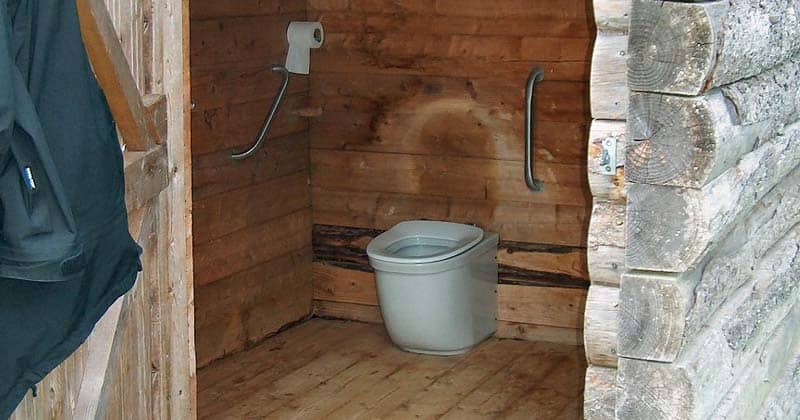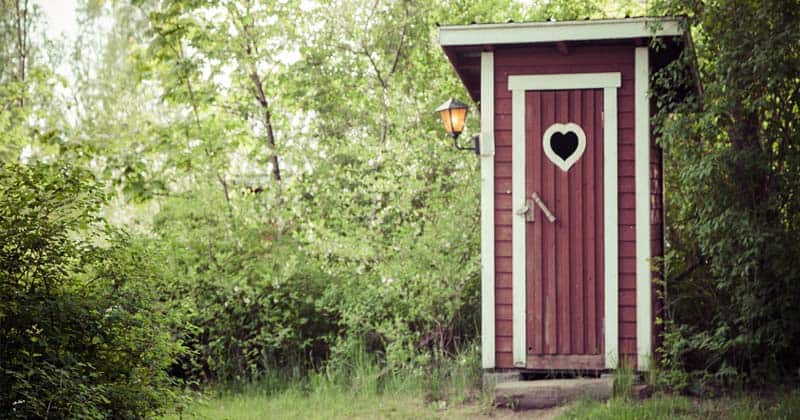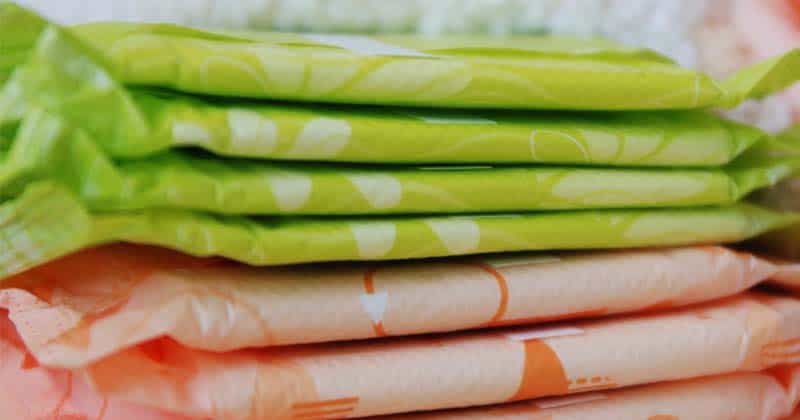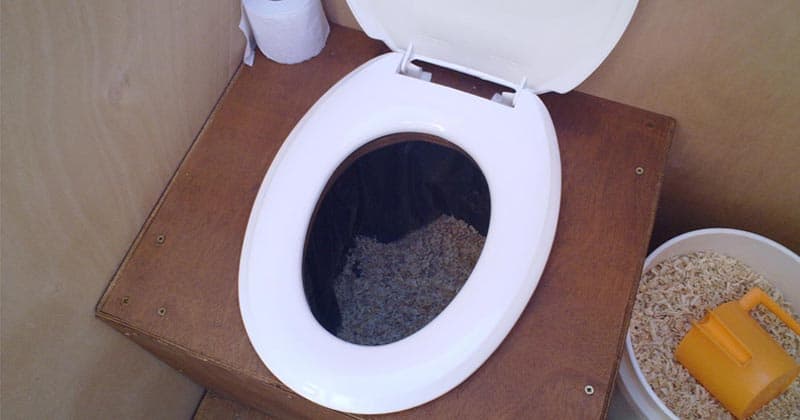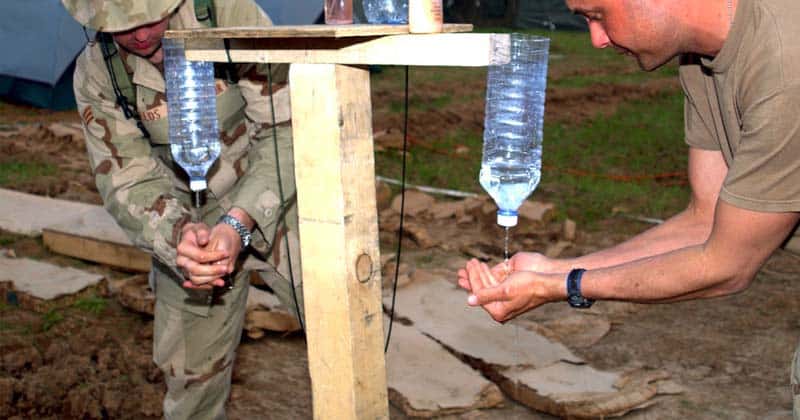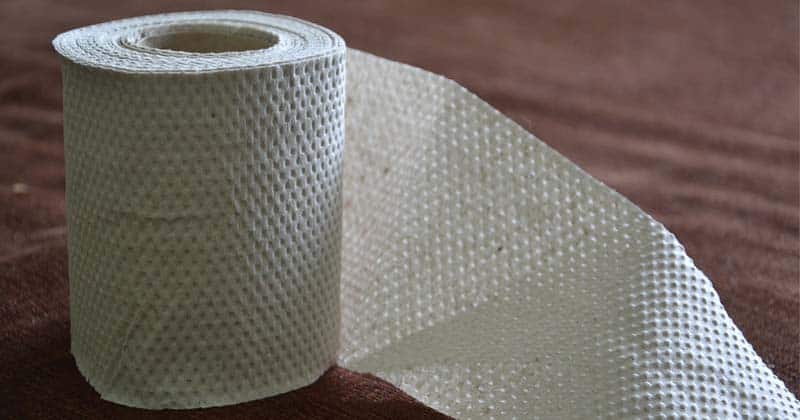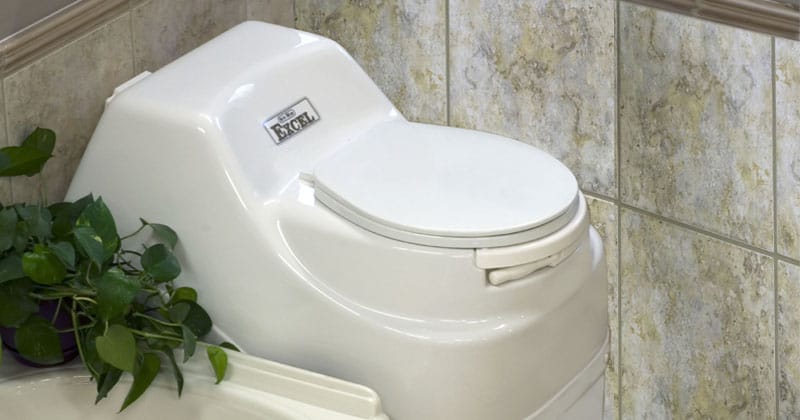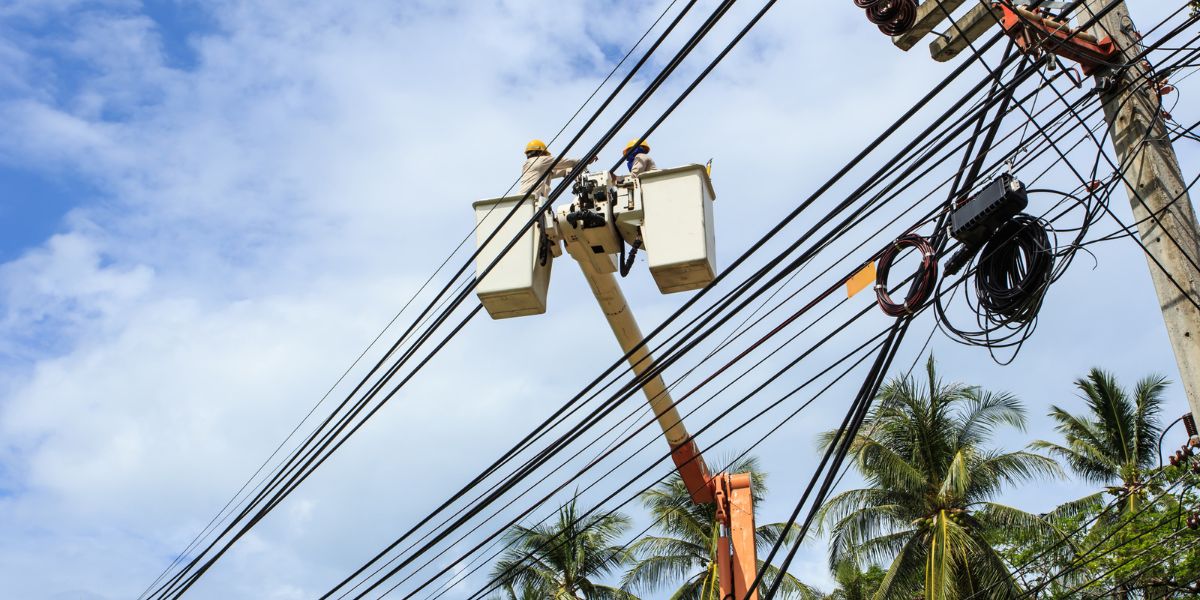Hygiene
Emergency hygiene goes beyond just stockpiling lots of toilet paper!
You’ll need to know skills like how to make an emergency toilet, go to the bathroom in the wilderness, take care of feminine needs, do laundry without a machine, and take showers with little water.
Start by reading these articles and you’ll see what an issue hygiene can be during disasters.
